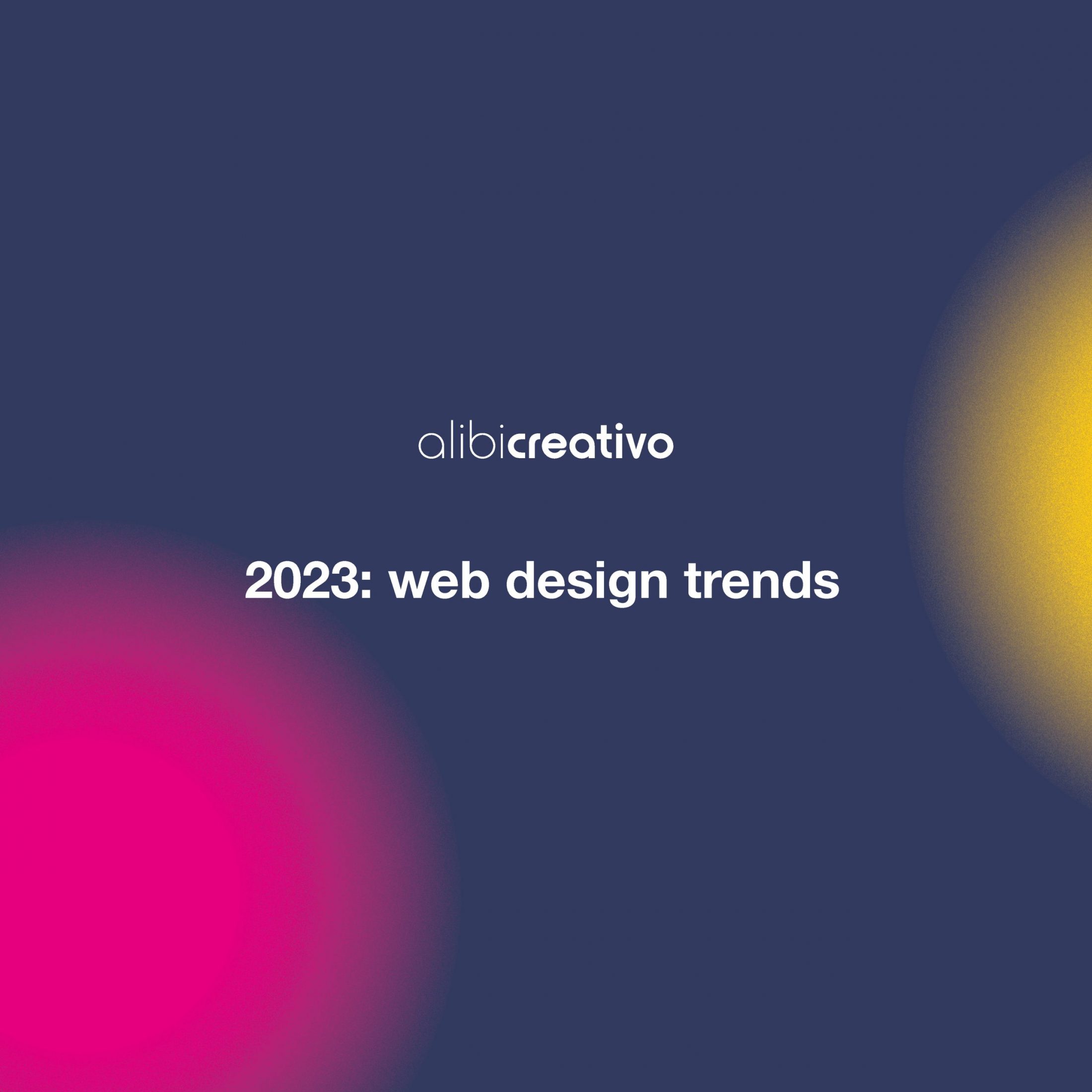The future of UI/UX
A new year has now begun, and also all the news and trends that follow, between work and daily routine, every designer tries, indeed, MUST always keep up with times. The digital world has evolved so fast that many designers are struggling to keep up with the latest trends and technologies. In this short article, written by me, a visual designer, without any presumptions and writing skills, I would really like to talk about how the world of UX and UI design is evolving in the last recent months.
The future of web design looks bright, but it’s not all good news.
The last few years have been the most exciting in terms of web design, fortunately, there have been many changes that have made the life of us users much easier.
In this article we look at how we can prepare for the future of web design.
Images generated by artificial intelligence (AI)
AI is here to stay and will continue to be a big part of our lives. It is being used in everything from self-driving cars to Google Home, and will be increasingly integrated into our daily lives.
AI is an incredibly powerful tool for web designers. It can help you create more engaging content, design more effective websites, and even create new ideas on the fly.
But like any new technology, there are a few things you need to be aware of so you don’t blindly go ahead and make changes without knowing what they will (or won’t) do in the real world. From my side, it’s still to be experienced.
Parallax scrolling
Parallax scrolling is a technique that allows you to create an effect of depth in your website design. With the simple ‘scroll’ in different directions on the page, the background of the image moves, creating a super interesting and entertaining effect for the user visiting the site.
Parallax scrolling is commonly used on content-heavy websites, such as blogs, news sites, and e-commerce platforms.
The reason parallax scrolling works so well on these types of websites is because they tend to have a lot of information and images that need to be viewed by their users.
Micro interactions
Micro interactions are small and simple animations that can make a big difference when the user visits a website. They’re actually nothing new, they’ve been around for a few years now, but they’re becoming more and more important in web design.
Micro interactions can be used to solve problems, add value, or even just make your site more interesting.
The problem with micro interactions is that they aren’t always easy to implement. You have to think about the context of each situation and find ways to fit them properly into the overall design.
Design mobile-first
The world has moved from desktop to mobile and with it the way we interact with content. Mobile devices are now the main way people access the internet: it’s their computers, phones and tablets. And while there’s a lot of room for innovation in web design, one thing hasn’t changed: Users still want to be able to do what they want when they want it.
With most web traffic now coming from mobile devices, it’s more important than ever to design mobile-friendly websites.
That means designing for small screens, tactile interactions, and fast loading times. Mobile-first design ensures users have a positive experience no matter what device they use.
If you aren’t already, here are some design tips for mobile:
Use a responsive design. Design your site with a responsive layout so it looks great on any device; you can use Google’s Responsive Design Tool to test different layouts before publishing your final version.
Avoid complex HTML structures and page loads. Keep your content focused on one page or section at a time so it’s easy to navigate and understand what you’re looking at – don’t try to cram too much information into one screen!
Minimize images by using vector graphics instead of raster images (like GIF or PNG). Vector graphics will appear sharp on all screen sizes, while raster images will appear blurry or pixelated on smaller screens.
However, it’s important to remember that trends are just that: trends. While they can be a great source of inspiration and can help keep a website fresh and modern, it’s important not to get too carried away. The most important thing is to always keep the user experience in mind and design websites that are easy to navigate, visually appealing and serve their intended purpose.
If you’re interested in staying up to date with the latest web design trends and best practices, be sure to check out my profile. I regularly publish articles and tutorials on web design, UI/UX and digital marketing. My goal is to help designers and developers build better websites and improve their skills. Follow my profile and get valuable information that will help you take your projects to the next level. Let’s create beautiful and user-friendly websites together!
Source: Medium.Muzli – Design Inspiration


